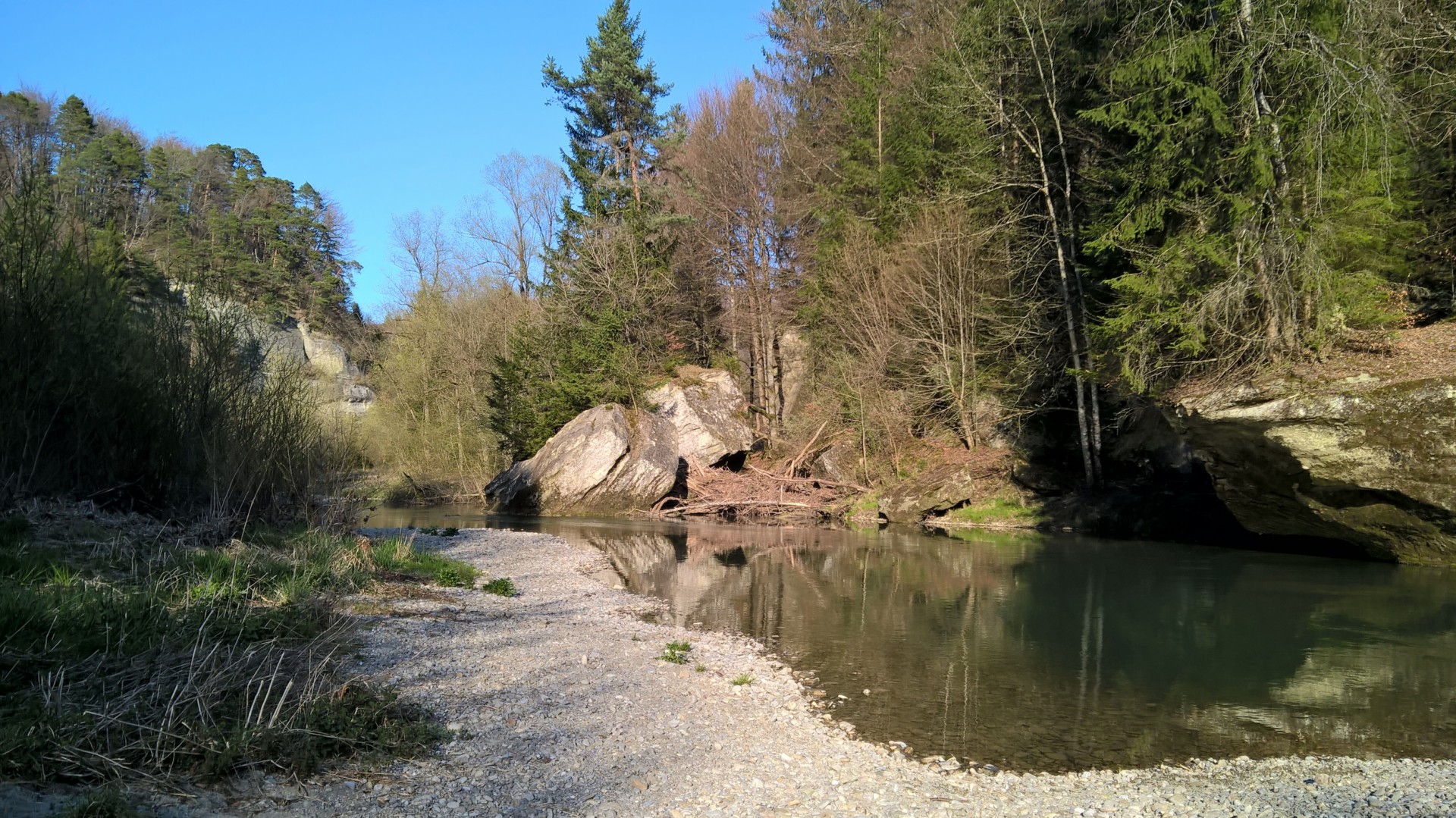More than half of Switzerland’s electricity is produced using hydropower. Under Energy Strategy 2050, this share is even to be increased further up to century's halfway point. However, every dam has a massive environmental impact with effects that are also felt far downstream. This is because in many places electricity producers guide the water into pressure tunnels at the dam and only allow it to flow back into the river system a few kilometres further down. In the so-called residual flow stretches, only the legally required volume of water therefore still flows. During periods of heavy rain in the past, there were still occasionally high flow rates that thus led to the flushing out and movement of the riverbed. Today, however, such flooding is extremely rare as the electricity companies are able to plan better thanks to precise discharge and weather forecasts, meaning they only seldomly have to open their locks.

This is also the case at the Rossens dam in the canton of Fribourg which dams the Saane to create the Lake of Gruyère. Below the dam, 2.5 (in winter) to 3.5 (in summer) cubic metres of water are still discharged every second – prior to the construction of the dam, the discharge rate was several times higher. In the alluvial zone, trees and shrubs are therefore sprouting on the gravel banks, while algae is growing in the shallow water. There is also a lack of bedload on the riverbed due to it being held back by the dam wall. The consequence: the alluvial zone of national importance is at risk of being greatly impoverished or even disappearing.
Artificial flooding can help here: this measure sees the operators open the dam locks and allow the masses of water to flow along the valley – as much as would be expected during a natural flood. This is because the river ecosystem requires repeated flooding. Until now, however, hardly any experience has been gathered with such man-made flooding in alluvial zones. The research project of the Laboratory of Hydraulic Construction of the Swiss Federal Institute of Technology Lausanne (EPFL), the Zurich University of Applied Sciences (ZHAW), the Swiss Federal Institute of Aquatic Science and Technology (EAWAG) and the Remote Sensing Laboratories (RSL) of the University of Zurich (UZH) therefore investigated the condition of the Saane prior to a planned flood and compared the measurements – two days and two months after the event. In doing so, the researchers wanted to develop tools that would enable them to examine the impact of an artificial flood as a renaturation measure in alluvial zones and to predict its effect.























